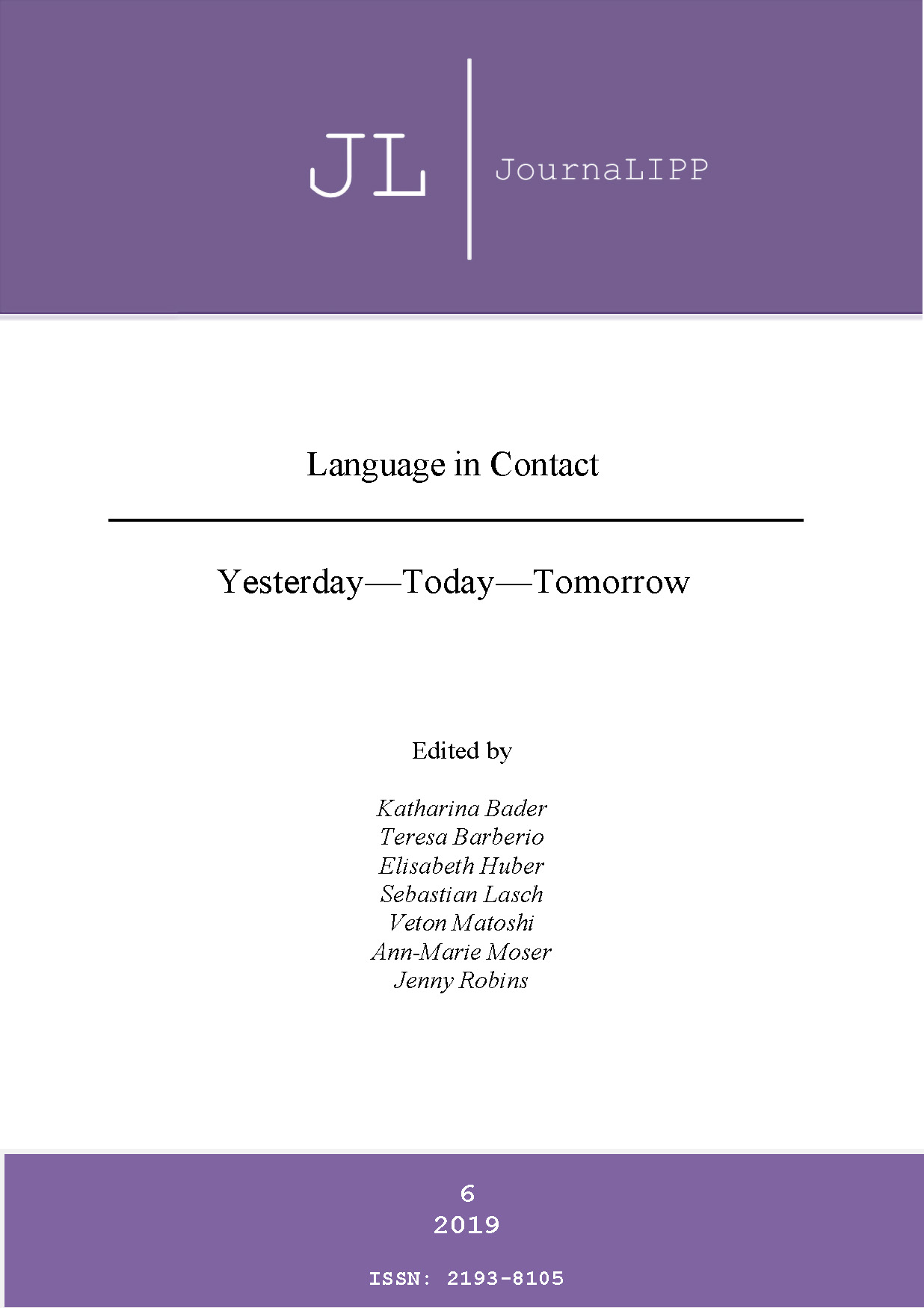Abstract
Although late Roman Sicily is clearly represented by the ancient authors as a multilingual environment, the 20th–century scientific debate has proposed two divergent descriptions of the Sicilian linguistic landscape. While some scholars denied a deep Latinization under the Roman Empire, the increasing evidence of Latin inscriptions led others to hypothesize the decline of Greek. In the last decades, new approaches to bilingualism and linguistic contact, applied to antiquity, have demonstrated that many languages frequently coexist for a long time. Multilingualism has always characterized Sicily, but, before the Roman conquest, all minority languages had gradually disappeared, and the diatopic and dialectal variation of Greek converged towards a slightly Doric κοινά.
As we can see from the epigraphic evidence, Roman Sicily was fully Greek–Latin bilingual until the end of the 5th century, and the two languages influenced each other. Latin and Greek epigraphs show similar onomastic material and phonological and morphological features, as well as a number of shared set phrases (mostly from Latin). These data are consistent with the first phase of Dixon’s theory of “punctuated equilibrium”, namely the equilibrium, since the two populations had a similar population, lifestyle and religious beliefs and, although Romans ruled over Sicily, Greek language and culture never lost their prestige. Even though the quantity of Greek evidence is not stable over the course of the 5th century, Sicily ultimately displays a situation of equilibrium until the end of the 5th century. Thereafter we observe a drastic decrease of Greek evidence, and, at the same time, remarkable linguistic variation both in Greek and Latin epigraphs. The most visible product of this period of language change is the rise of the Romance languages. The paper will determine whether we can analyze the Sicilian linguistic situation through Dixon’s model of punctuation and equilibrium.

